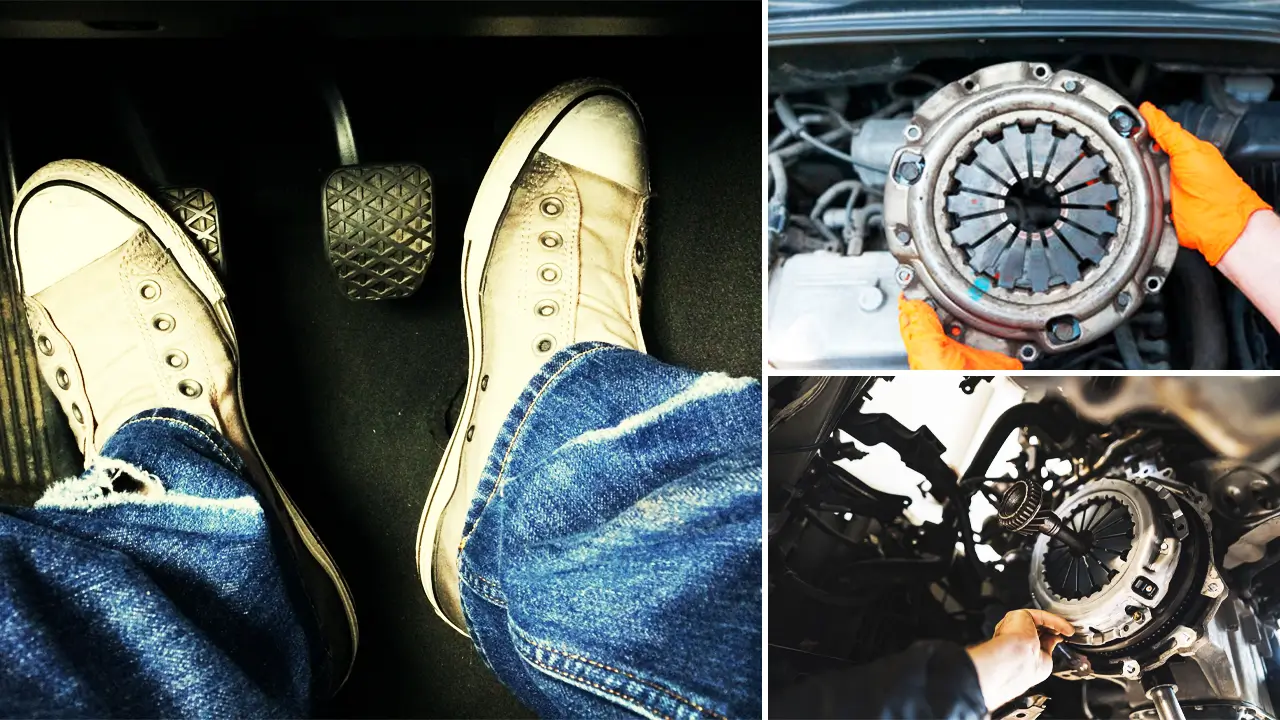An automobile’s need for clutch replacement varies depending on several variables, such as driving style, kind of car, and driving environment. Even though clutches last a long time, friction and frequent use will eventually cause wear and strain on them. A clutch’s typical lifespan is between 50,000 and 100,000 kilometers, though certain conditions might affect this.
Driving Habits
Driving habits are one of the variables affecting clutch longevity. Premature wear can result from aggressive driving practices such as frequent, fast acceleration, riding the clutch (keeping your foot partially on the clutch pedal while driving), and sudden gear changes. On the other hand, its longevity can be increased by cautious and smooth operation, avoiding excessive clutch use, and timing gear shifts. For instance, compared to drivers who travel on roads with few gear changes, drivers who frequently drive in congested traffic or steep terrain may need to repair their clutch more often.
Type of Vehicle
The frequency of clutch replacement also depends on the type of vehicle. Because of higher torque, high-performance cars frequently subject the clutch to extra stress, which may limit its lifespan. Conversely, smaller engines or those designed for more comfortable rides and clutches could last longer. Because they rely more on the clutch engaging, cars with manual gearboxes usually wear out sooner than those with automated transmissions.
Environmental and Road Conditions
Accelerated clutch wear can also result from driving in harsh environments, such as stop-and-go traffic, steep terrain, or congested places. The clutch mechanism is under more stress in hilly terrain where drivers must use the clutch to keep the car moving on an incline. Driving in warm weather can cause the clutch components to overheat, hastening the process of depreciation.
- Audi GT50 Concept: A Loud Reminder of Why Car Enthusiasts Fell in Love With Audi
- Nearly 30% of UK Drivers Believe Car Tax Should Be Based on Mileage — Survey
- Why Planes and Boats Escaped the Luxury Tax But Cars Didn’t
- Australia’s Headlight Confusion: Authorities Warn Drivers After Viral $250 Headlight Rule Goes Wild Online
- 2025 Hyundai Venue Facelift Launched in India – Full Details, Variants, and Price
Maintenance and Inspection
Clutches typically need to be replaced every 50,000 to 100,000 miles, but this can vary based on driving habits and the type of vehicle. Frequent city driving or heavy clutch use can cause it to wear out more quickly, while careful driving and routine maintenance can extend its lifespan. If you notice slipping gears, difficulty shifting, or a soft clutch pedal, it may be time for a replacement. Always refer to your car’s manual for guidance. Regular car maintenance can help prolong the life of the clutch. Even if the clutch doesn’t need immediate attention, ensuring nearby parts, like the clutch fluid, are in good condition is important. Regular inspections can spot potential issues early, preventing the need for a full replacement if symptoms like slippage or unusual noises arise.
